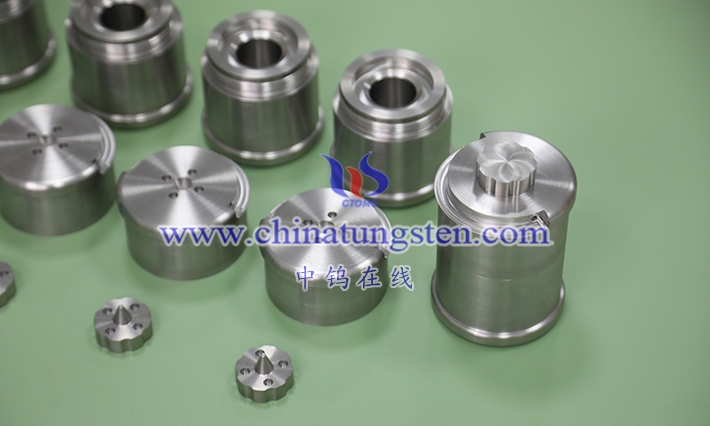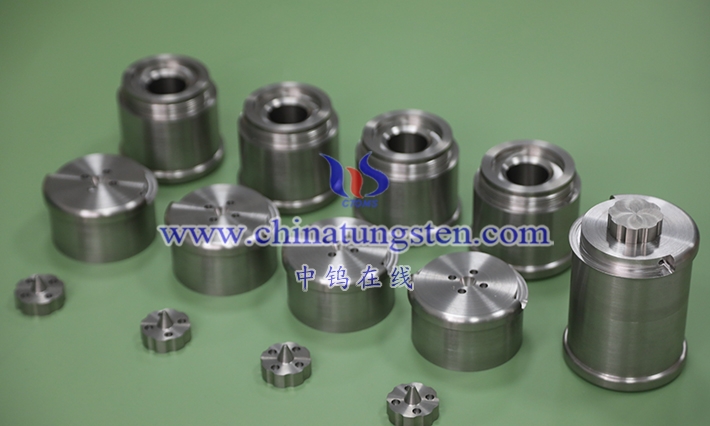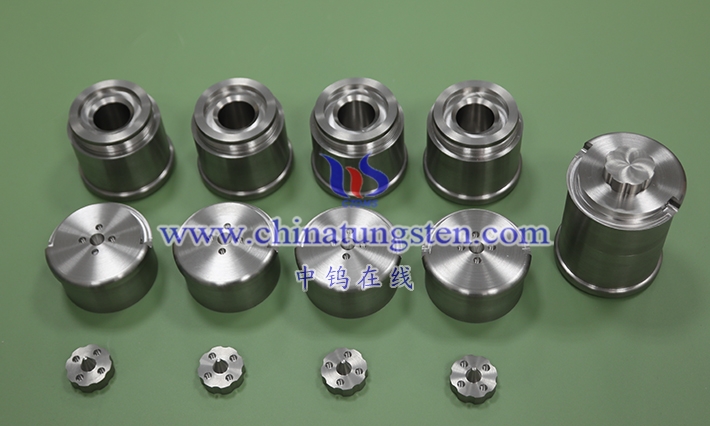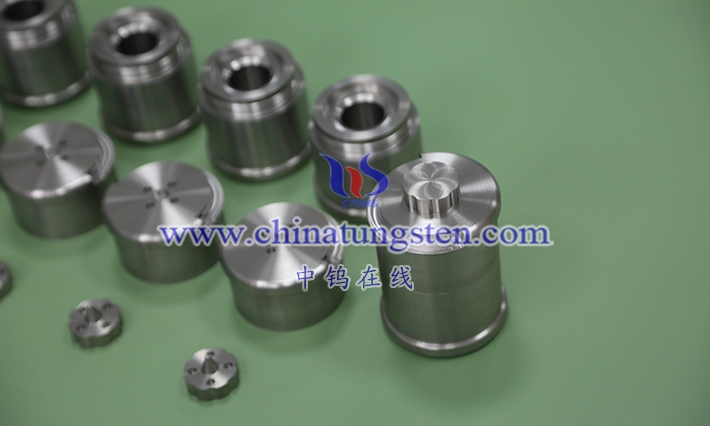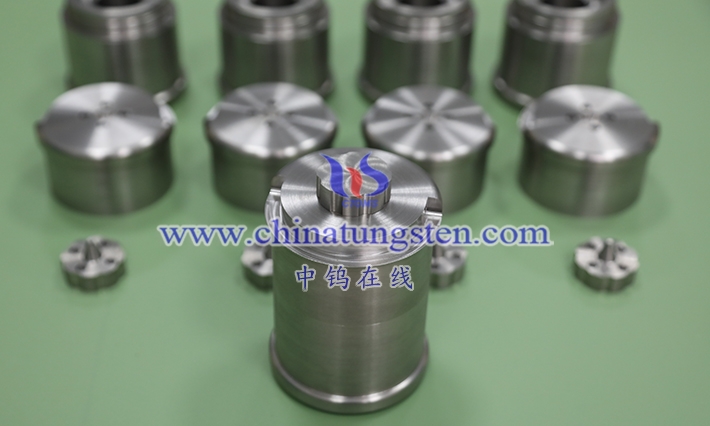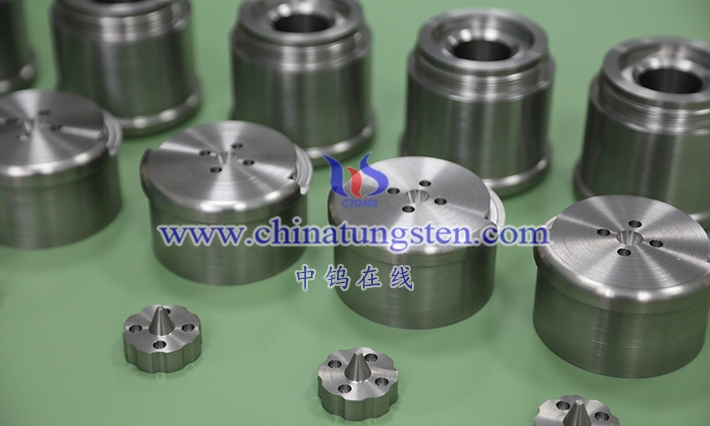Tungsten-nickel-iron alloy (W-Ni-Fe) possesses properties such as high density, high strength, high-temperature resistance, and good ductility. First, its density reaches 16.5-18.5g/cm³, close to pure tungsten, providing excellent radiation shielding capability, absorbing X-rays and gamma rays more effectively than lead and non-toxic. Second, mechanical properties are outstanding: tensile strength 900-1500MPa, hardness HRC 25-35, wear and vibration resistant, with nickel and iron as binding phases enhancing toughness, avoiding the brittleness of pure tungsten. Third, strong thermal stability, high melting point (tungsten-based 3422°C), low thermal expansion coefficient (4-6×10^-6/K), maintaining structural integrity at high temperatures. Fourth, good corrosion resistance, especially in reducing atmospheres, iron enhances magnetism but does not affect overall performance. Additionally, the alloy has moderate thermal and electrical conductivity, better processability than pure tungsten, machinable into shapes like screws.
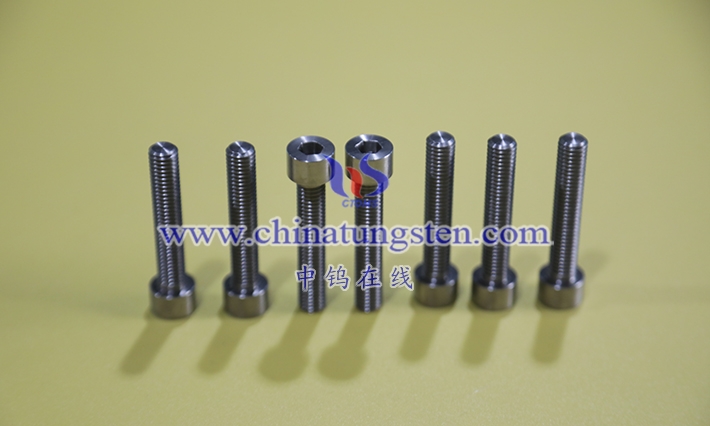
In application scenarios, this alloy is widely used in defense, medical, and aerospace. First, in military, as armor-piercing projectile cores and counterweights, utilizing high density to enhance kinetic penetration and stability, such as tank shells and missile balancing. Second, in medical field, for radiation protection equipment, like CT machine shielding screws, protecting patients and operators from radiation. Third, in aerospace, for high-temperature turbine component fixation and vibration damping screws, ensuring no loosening under extreme conditions. Additionally, in precision instruments, as counterweight screws to adjust center of gravity, such as in golf clubs and gaming devices, improving accuracy. Overall properties make W-Ni-Fe alloy stand out in high-performance demand scenarios, promoting green material development.
